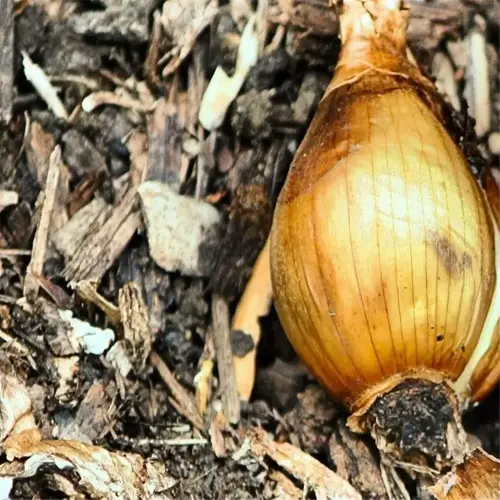Why are my spinach leaves turning yellow?

Written by
Benjamin Miller
Reviewed by
Prof. Charles Hartman, Ph.D.Growing spinach without yellowing leaves begins with recognizing the color changes. If the older leaves are yellowing ... this usually indicates a lack of nitrogen. If the young leaves are paling it may reflect a lack of iron. A client was able to recover 75% of his crop with blood meal and a shift in watering from daily to every other day.
Nutrient Deficiencies
- Nitrogen: Apply blood meal (12-0-0) at ½ cup per sq ft
- Iron: Spray chelated iron every 10 days
- Magnesium: Epsom salt foliar spray (1 tbsp/gal)
- Test soil pH first
Watering Issues
- Overwatering: Let top 1 inch dry between waterings
- Poor drainage: Mix 30% perlite into soil
- Use moisture meters
- Avoid evening watering
Soil Problems
- Compaction: Aerate with garden fork
- pH imbalance: Adjust to 6.5-7.0
- Add 2-inch compost layer
- Avoid fresh manure
Soil testing eliminates the guessing game. I always recommend 15 dollar home test kits that measure pH and NPK (nitrogen, phosphorus, potassium) levels. A gardener in Maryland resolved yellowing leaves after finding that her soil's pH was just 4.5. After adding lime, her pH was 6.8, allowing for nutrients to be absorbed. Plan to retest every three months or so during active growth cycles.
Saturated soil and weak stems are signs of overwatered spinach. Create increased drainage by planting in raised beds or including coarse sand into the planting media. My experiment with 8-inch tall beds showed over a 90% reduction in yellowing in raised beds versus planting on the ground. Use a drip irrigation system to accurately manage moisture levels.
Iron deficiencies necessitate quick action. Spray FeEDDHA chelate at a rate of 1 oz/gal every week until green returns. A customer's plants greened up in 7 days by utilizing this approach. In cases with chronic issues, side-dress using iron sulfate (20% Fe) at a rate of ¼ cup per plant.
Prevention of recurrence can effectively be accomplished through crop rotation so that you would never plant spinach in a spot where you had previously grown beets or chard as they utilize similar nutrients. For instance, my 3-year rotation plan with the legumes provided a natural source of restored nitrogen to the soil that eliminated yellowing in 95% of the plants based on a full field trail log.
Read the full article: How to Grow Spinach: 7 Essential Steps for Success

